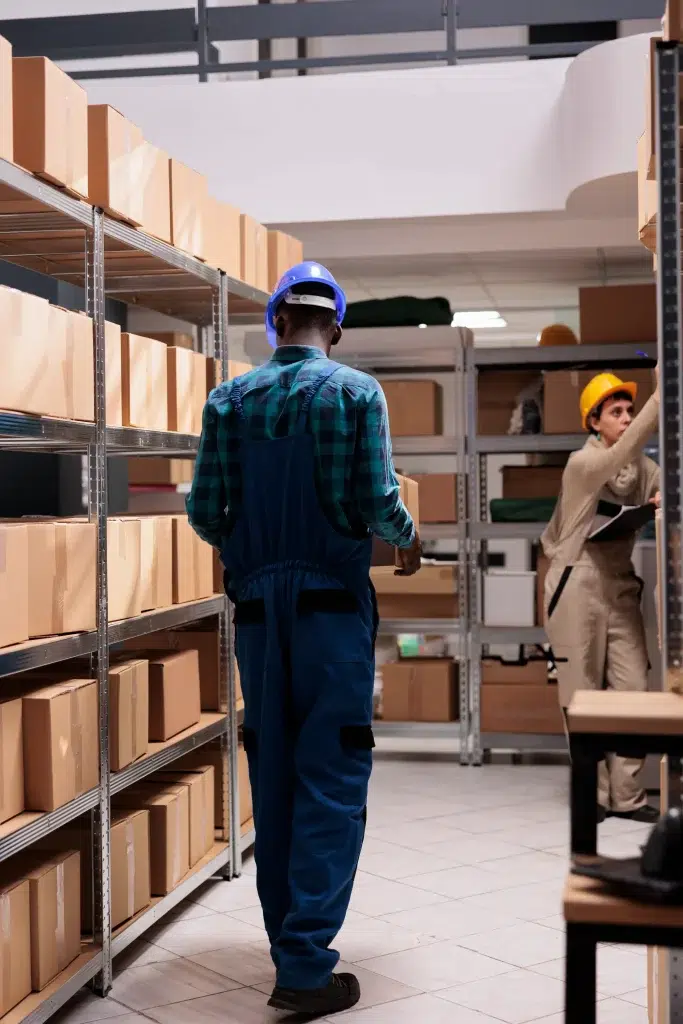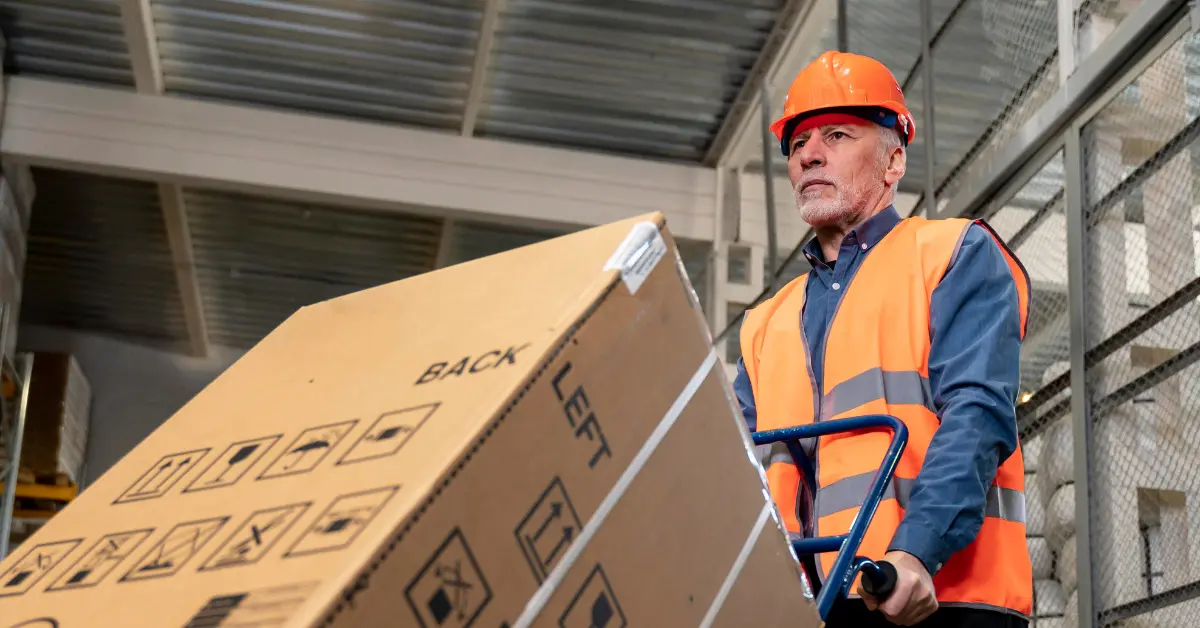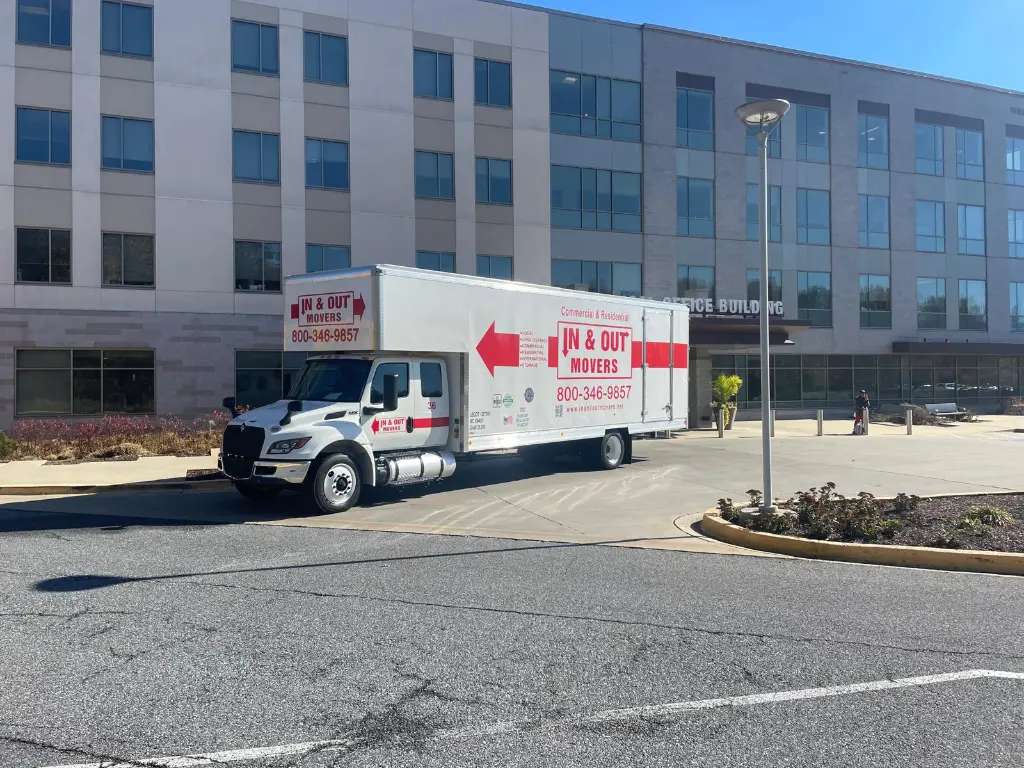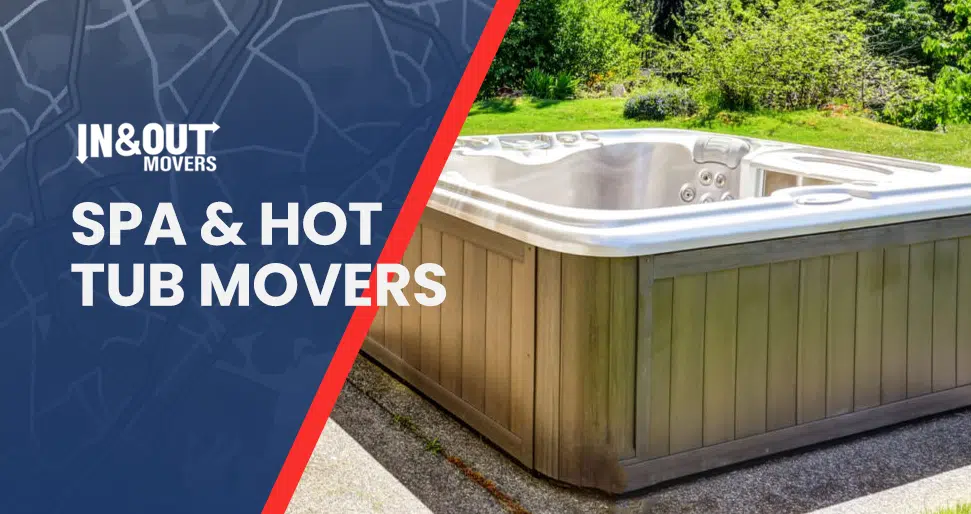Deciding to relocate can feel overwhelming, especially when you’re dealing with a large facility. We’ve helped dozens of companies through this process at In and Out Movers. Today, we would like to share our insights on successfully relocating a warehouse. Whether you’re upgrading to a bigger space or shifting locations for strategic reasons, we’ve got you covered. Let’s walk through everything you need to know to make this transition smooth and stress-free.
Planning Your Warehouse Relocation Checklist
Starting early is the key to success when moving a warehouse. We always advise our clients to begin planning at least six months. This gives you enough time to handle all the details without rushing. First, you’ll want to assess your current operations.
Walk through your facility and document everything that you see. Take photos, create lists, and note any special equipment needs. Next, set clear deadlines for each phase. Break down the project into manageable chunks. This approach keeps your team focused and prevents last-minute panic during the relocation process.
Creating a Comprehensive Transition Plan
Your transition plan should outline every step of the process. Start by identifying critical dates and milestones. We recommend working backward from your target move date when planning a warehouse move.
Include backup plans for potential issues. Weather delays, equipment problems, or staffing shortages can happen.
Having contingency options ready saves you time and money when unexpected challenges arise.
Assign specific roles to team members. Everyone should know their responsibilities clearly. This clarity prevents confusion during the busy moving days.
Material Handling and Inventory Assessment
Taking stock of everything is crucial before moving a warehouse. Count your inventory carefully and decide what you can transition with. This is the perfect time to clear out obsolete items.
Evaluate your material handling equipment next. Some machinery might not fit in your new location. Plan for equipment upgrades or modifications early in the process. Document everything in detail. Photos and written records help prevent disputes and make unpacking easier. Label boxes clearly with their contents and destination areas for your new facility.

Selecting Professional Movers and Relocation Services
Choosing the right partner makes all the difference. At In and Out Movers, we understand that every warehouse has unique needs. You want a team with experience handling industrial relocations.
Look for movers who specialize in commercial projects when moving a warehouse. Ask about their insurance coverage and safety records. Don’t hesitate to request references from similar clients they’ve served recently.
Get detailed quotes from multiple companies. Compare what’s included in each estimate. The cheapest option isn’t always the best value for your business during this significant transition.
Understanding Moving Costs and Budgeting
Let’s talk numbers. Several factors affect your final bill when moving a warehouse:
- Distance between old and new locations
- Volume and weight of items
- Special equipment or handling requirements
- Timeline and scheduling flexibility
- Additional services like packing or setup
Budget for unexpected expenses too. We recommend adding a 15-20% buffer to your initial estimate. This cushion covers surprises that pop up during the process.
Remember that downtime costs money. Investing in efficient services often pays for itself through reduced business interruption. Fast and professional execution ensures your operations run smoothly throughout the transition.
Maintaining Business Continuity During Your Warehouse Move
Keeping operations running smoothly is your top concern when relocating a warehouse. We get it. Your customers still need service during this transition period.
Consider a phased approach. Gradually move sections instead of shutting down completely. This strategy minimizes disruption to your daily workflow and keeps revenue flowing.
Communication is critical here. Regularly update your customers, suppliers, and staff on the timeline. Set realistic expectations about any temporary service changes or delays.
Logistics for a Successful Warehouse Relocation
Coordinating all the moving parts requires careful attention. Schedule deliveries and installations at your new space before move day. Getting utilities, internet, and security systems ready prevents delays.
Work closely with your moving team to coordinate the move’s timing. We always create detailed schedules that show when each department or section is moved. This coordination ensures that everything flows smoothly and prevents bottlenecks.
Coordinating Your New Space Setup
Think about your layout before moving day arrives. Plan where everything goes in advance. This preparation speeds up the unpacking process significantly when moving a warehouse.
Mark floor areas with tape or signs showing where items belong. Your moving crew can place things correctly the first time. This organization saves countless hours of rearranging later.
Test all systems immediately after installation. Check that the equipment works properly in its new location. Please address any issues quickly before they affect your operations.
Conclusion: Your Path to Moving a Warehouse Successfully
You’ve got this! Moving a warehouse is a big project, but proper planning makes it manageable. Start early, stay organized, and work with experienced professionals who understand your needs.
At In and Out Movers, we’ve seen companies of all sizes handle this transition successfully. The keys to success are preparation, effective communication, and flexibility. Don’t try to handle everything alone.
Ready to get started? Reach out to discuss your specific situation. We’ll create a customized plan that perfectly fits your timeline and budget.

FAQ
How long does a typical warehouse relocation take?
Most projects take 3-6 months from initial planning to complete setup. The timeline depends on the size and complexity of your facility. Smaller operations might finish faster, while larger warehouses take longer. We recommend starting preparations at least six months before your target date. This schedule allows for proper planning, permits, and coordination. Rush jobs often result in higher costs and unnecessary stress for your team.
Can we move during business hours, or should we close for the day?
This depends on your operations and the flexibility you have. Many companies opt for weekend or after-hours moves to minimize disruptions to their daily business. Phased relocations allow you to move sections gradually while remaining partially operational. We work with your schedule to find the best approach. Some companies can’t afford complete shutdowns and need creative solutions. Discuss timing options with your moving team early in the planning process to ensure a smooth transition.
What items require special handling during a warehouse move?
Heavy machinery, sensitive electronics, and hazardous materials need specialized care. Temperature-sensitive inventory requires climate-controlled transportation. Fragile items need extra padding and careful packing. IT equipment and servers should be handled by qualified technicians. We assess these needs during initial consultations. Custom crating and specialized equipment ensure safe transport. Always disclose any special requirements upfront so your movers can prepare the necessary resources and expertise.



